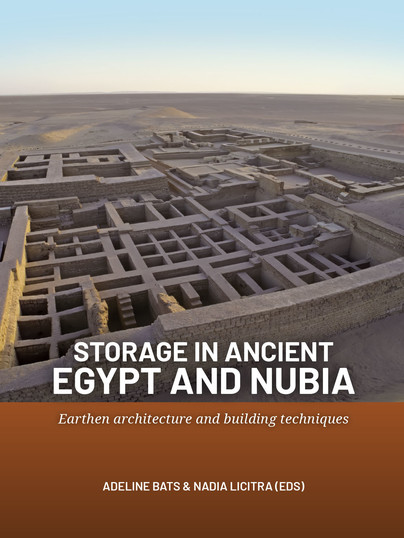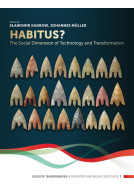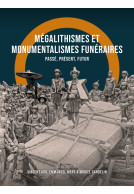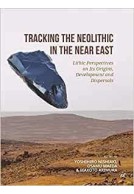Storage in Ancient Egypt and Nubia (Hardback)
Earthen architecture and building techniques
Imprint: Sidestone Press
Pages: 196
Illustrations: 66fc / 14bw
ISBN: 9789464262247
Published: 10th February 2024
Script Academic & Professional
Pages: 196
Illustrations: 66fc / 14bw
ISBN: 9789464262247
Published: 10th February 2024
Script Academic & Professional
You'll be £120.00 closer to your next £10.00 credit when you purchase Storage in Ancient Egypt and Nubia. What's this?
+£4.99 UK Delivery or free UK delivery if order is over £40
(click here for international delivery rates)
Need a currency converter? Check XE.com for live rates
(click here for international delivery rates)
Need a currency converter? Check XE.com for live rates
In 2020 and 2021 the Research Group on Storage in Ancient Egypt and Sudan organised two online workshops focusing on earthen storage buildings in ancient Egypt and Nubia. Following these two meetings, the nine contributions of this volume present often unpublished case studies (from the IVth millennium BCE to the Greco-Roman Period), as well as issues and perspectives of current research. They are authored by archaeologists working in Egypt, Sudan and Western Africa as well as architects specialised in earthen architecture.
The interdisciplinary approach adopted to investigate storage strategies along the ancient Nile Valley effectively address the subject’s complexity and the socioeconomic issues involved, which not only pertain to the ancient world but are also relevant to modern-day societies. Throughout the volume, functional and technical analysis of the architectural and archaeological remains helps understand how specific layouts, building materials and techniques were employed in the past to create suitable conditions for short-, medium- and long-term storage.
Ethnographic and ethnoarchaeological comparisons with West African vernacular traditions are used as a fruitful line of research for better understand of building practices, storage strategies and possible volumes of archaeological remains. Furthermore, extending the scope of the research to other geographical areas shows how different human groups may have used similar responses to overcome similar technical problems. Ancient and traditional practices and know-how, on the other hand, proved effective in a contemporary onion storehouse project in Senegal to find sustainable, low-cost solutions to protection and development of local products.
The volume also include the preliminary results of an experimental archaeology project which led to the construction of a mud-brick silo – according to ancient Egyptian techniques – and further ensiling. The issue is highly topical since these ancient earthen facilities offer valuable information for the current debates on sustainable strategies for foodstuff storage.
Other titles in Sidestone Press...















